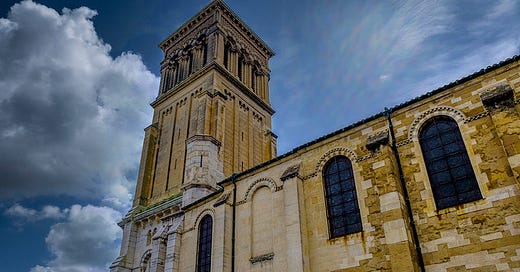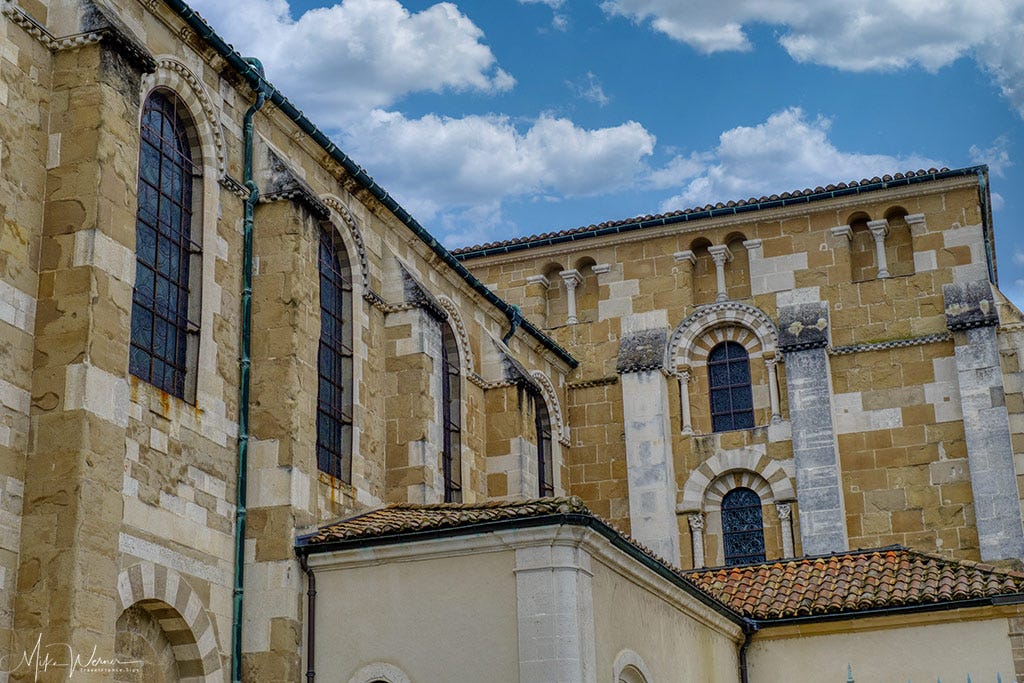The Valence Cathedral, also known as Saint-Apollinaire Cathedral, is a Roman Catholic church located in Valence, France. It's dedicated to Saint Apollinaris of Valence. The cathedral is the episcopal seat of the Bishop of Valence.
Click here to see where the cathedral is located on Google Maps
The original church was built in the 11th century but was heavily damaged during the French Wars of Religion between Catholics and Protestants in the 16th century. Despite this, significant parts of the original Romanesque architecture still survive, especially in the crypt.
Reconstruction began in the 17th century and was completed in the 19th century, incorporating elements of Gothic and Baroque styles. The cathedral's nave was rebuilt in the classical style, while the choir, with its surrounding chapels, reflects the Gothic period.
It's situated in the old town area, an attractive part of the city known for its traditional buildings and charming atmosphere.
Architecture: The cathedral is constructed in a Romanesque architectural style, which was popular in Medieval Europe. Romanesque architecture is characterized by its round arches, massive quality, thick walls, and sturdy piers. However, it has been modified and rebuilt over the centuries, and some Gothic elements might be present as well due to these modifications.
Interior: The interior of the cathedral reflects its history and the architectural style of its construction period. It features traditional Romanesque characteristics such as thick columns and rounded arches. The church also contains a variety of religious art and iconography.
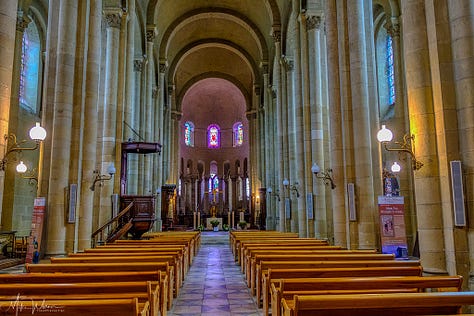
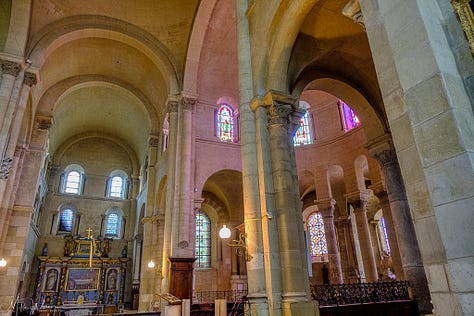
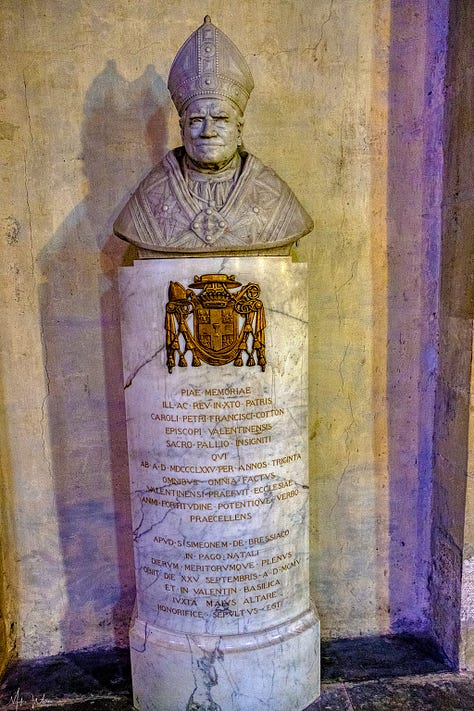
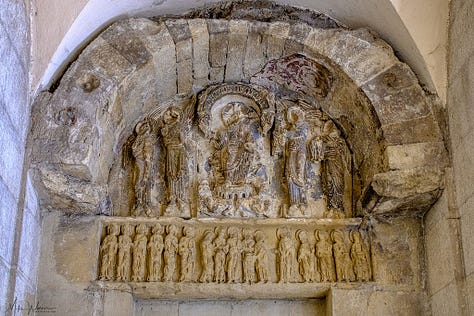
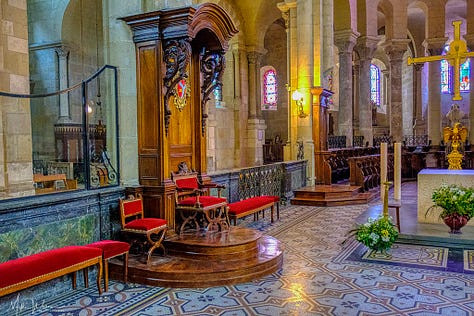
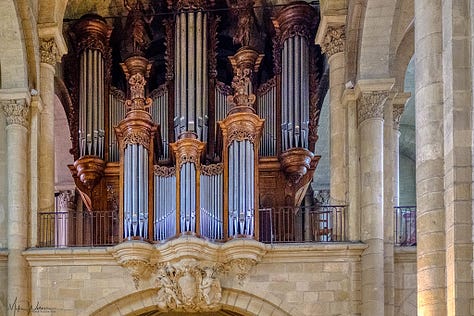

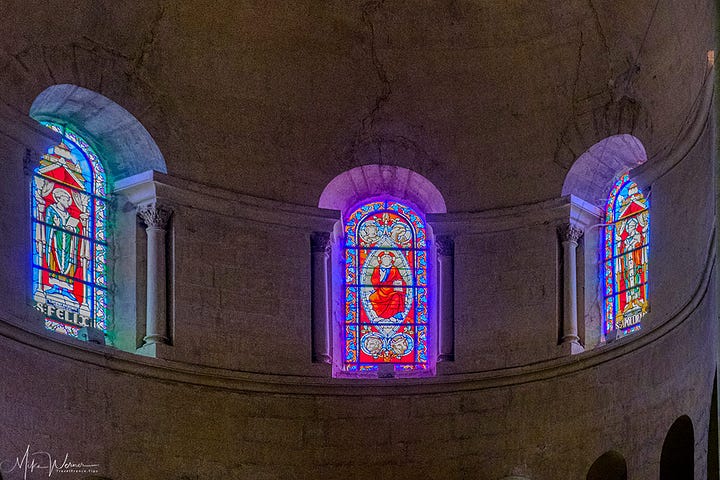
History: The cathedral is dedicated to Saint Apollinaris, the second bishop of Valence who served in the 1st century. Although the exact dates of construction aren't known, it was likely built in the 11th century. It has seen numerous alterations over the centuries due to damage from wars and the French Revolution. For instance, the cathedral's cloister was completely demolished during the French Revolution.
Heritage Status: The Cathedral of Saint-Apollinaire has been classified as a Monument Historique since 1862. Monuments Historiques are sites officially listed as historical monuments by the French Ministry of Culture and Communication.
In 1799, Pope Pius VI was exiled and sent to France. Being in his eighties, he was greatly weakened and his journey ended in Valence, where he died on August 29th. Initially buried in Valence, his body was later returned to Rome, but the people of Valence requested for his heart and entrails, which were given back and are still preserved in the cathedral. The passage of the Pope and his Swiss guards inspired a local pastry chef to create a character-shaped shortbread cookie, the 'Suisse,' which remains a specialty of Valence to this day.
Conclusion
The cathedral is considered one of the notable historical sites in Valence, and it's still used for worship services.

